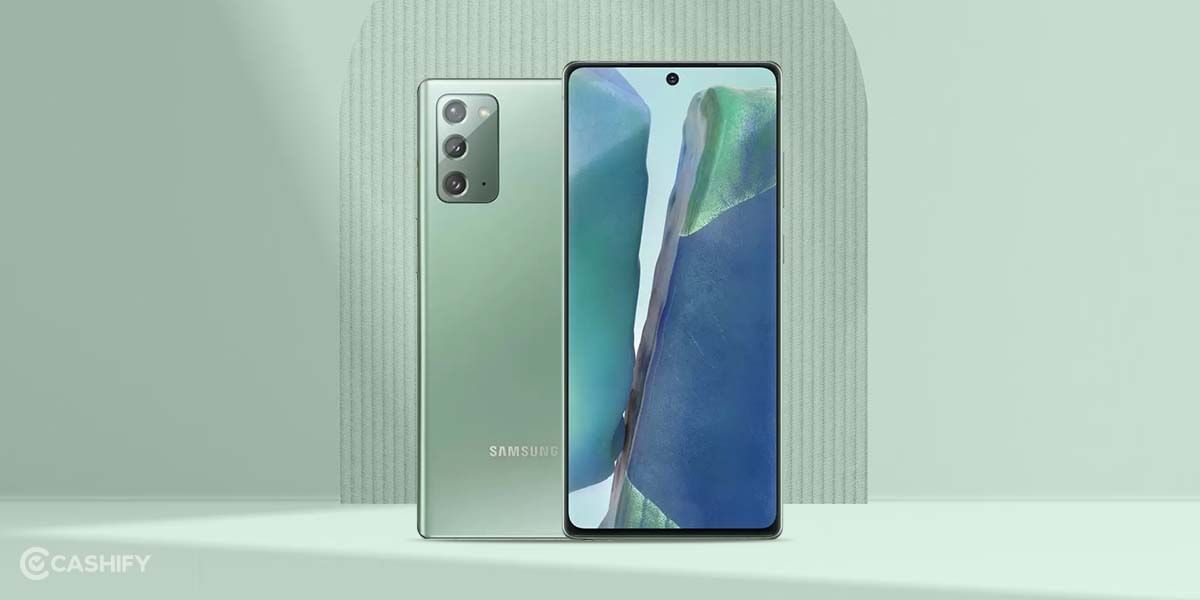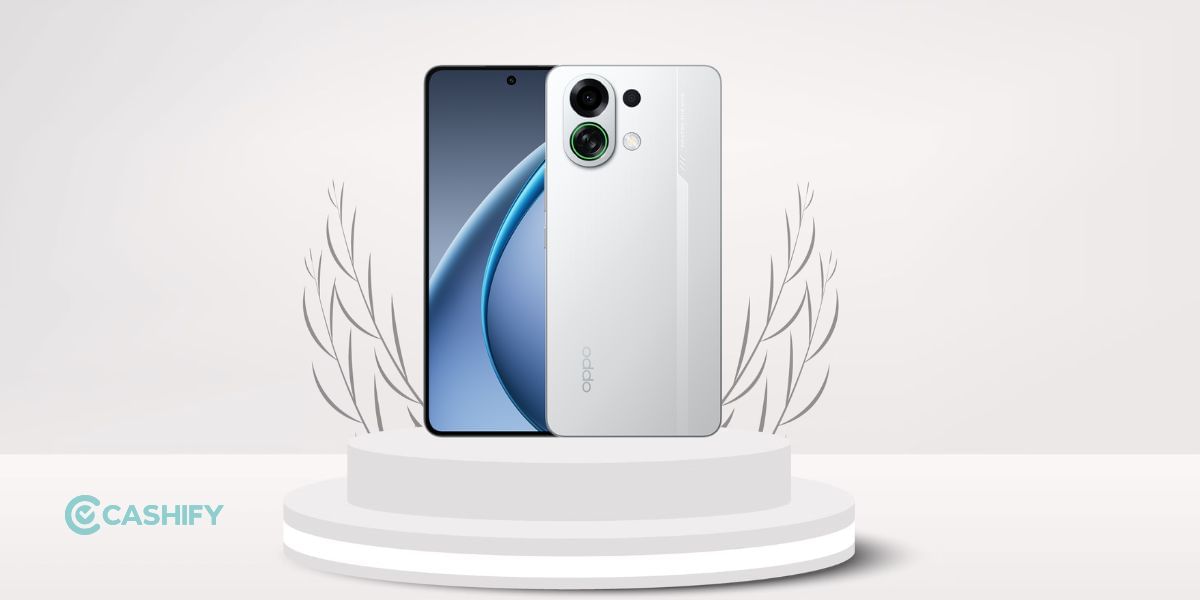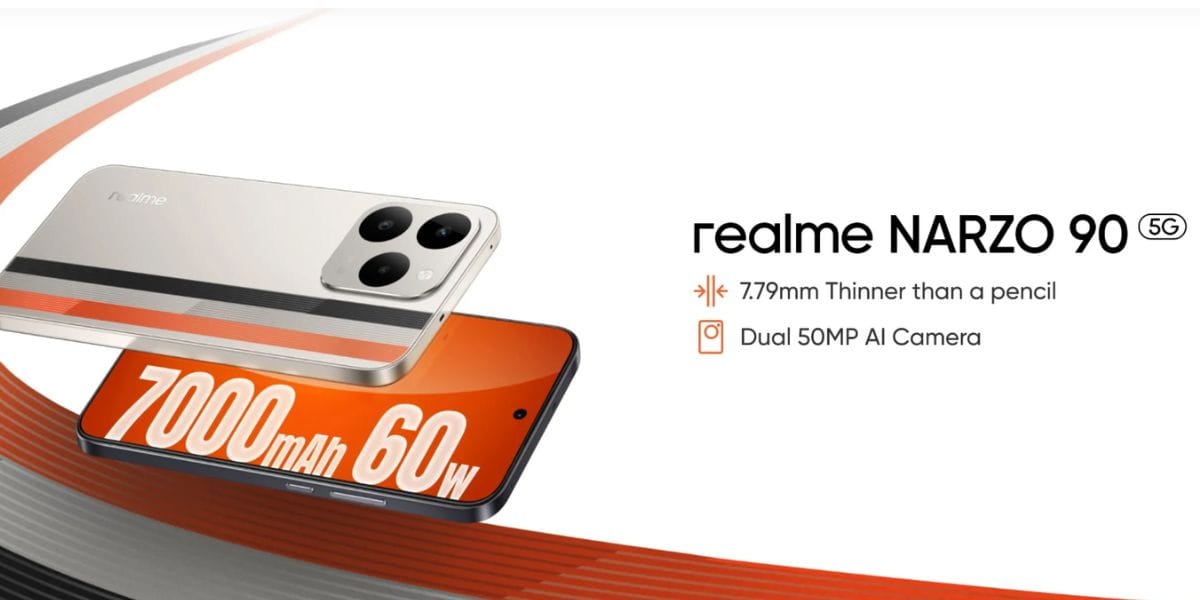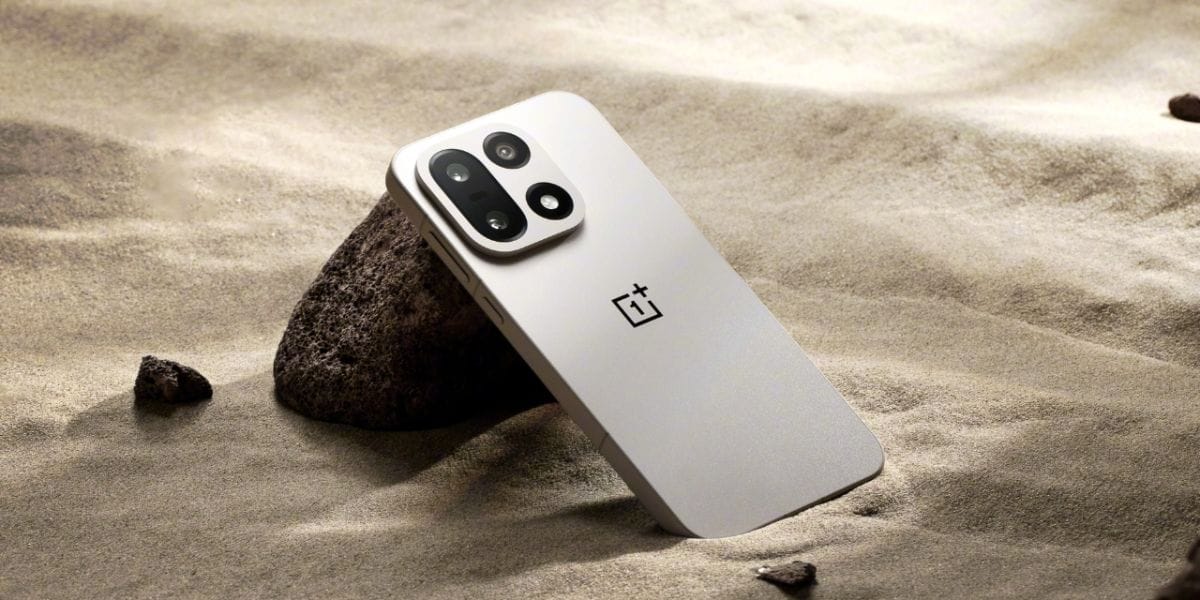Smartphones are an integral part of our lives and we are spending hours scrolling content on our smartphones. India is a country that has millions of smartphone users and there is one brand that has revolutionized the smartphone market in India, at least in the last few years. This brand is Xiaomi or Mi, depending on what you refer to it as. Xiaomi has the Redmi Note to thank for all of its success or at least most of it in the budget segment. This is as it has without a doubt revolutionised the budget smartphone market ever since its debut back in 2014.
Since 2014, the company has made it a habit to debut at least one Redmi Note series device every year. The 12th edition of the device is currently available for sale. That being said, let us take a look at the rich history of the Redmi Note and some standout devices that enthusiasts will fondly remember.
Where Did the Journey of the Redmi Note Begin?
Redmi Note OG & Redmi Note 4G

Let’s start from the beginning. The first Redmi Note debuted nearly 10 years ago, in 2014. This was after Xiaomi a known Chinese OEM debuted in India. The device was discontinued in a few months, due to some issues regarding the patent.
To appeal to the market, Xiaomi then launched the Redmi Note 4G. This was quite similar to the Redmi Note, with the only difference being a Snapdragon chip inside. This was instead of the Mediatek one present on the OG Note. With this change came the inclusion of 4G technology. Interestingly, the smartphone was one of the cheapest devices to offer 4G connectivity.
Next came the Redmi Note Prime which was Xiaomi’s first made-in-India smartphone. However, it failed to make an impact, not because of lacklustre specs or flaws, but because what was about to come next played a huge role in the evolution of the Redmi Note series.
Also Read: Top 10 Smartphones With Curved Display
The Rise of the King (Redmi Note 3)

What followed after the Prime was, in a word, revolutionary. The Redmi Note 3 eclipsed what its predecessors had managed in terms of sales and features. The Redmi Note 3 was the key turning point in the evolution of the Redmi Note series. The handset was offered with a Snapdragon 650 SoC. This allowed the device to punch way above its weight. Add to this novelties like a fingerprint sensor to the rear and a massive 4000 mAh battery. The device also offered VoLTE technology, and, as such it is no wonder the device was a blistering success.
What set the handset apart was not only the features but the sense of change that it brought along with it. Now, cheap phones did not have to be plain and boring. They could have attractive designs, massive batteries, and powerful chips, all without making a dent in your pocket. If we were to trace back the ancestor of the vastly successful Poco F1, one might say the Redmi Note 3 laid the groundwork for what was to come.
One Small Step for Xiaomi, One Giant Leap for the Market

In the following years, Xiaomi made incremental changes to its devices. For instance, the Note 4 worked on the basics set by the Note 3. The brand added a slightly better processor, optimised cameras and the option for a 4GB variant. This was again, a rare sight in the budget segment.
Following this came the Redmi Note 5 and 6 series, both of which were minor upgrades to conform to the market trend. One may liken it to a facelift of a car, minute yet useful changes without marking a significant shift from the predecessor.
With the Note 5 came the coveted 18:9 ratio display, whilst with the Note 6 Pro came the notch, coupled with dual-selfie cameras. These were not market disrupters but still managed to offer a bang for the buck.
Also Read: Best Samsung Phone: How To Choose it?
A Gradual Step Towards the Perfect Note: Redmi Note 7,8,9 Series
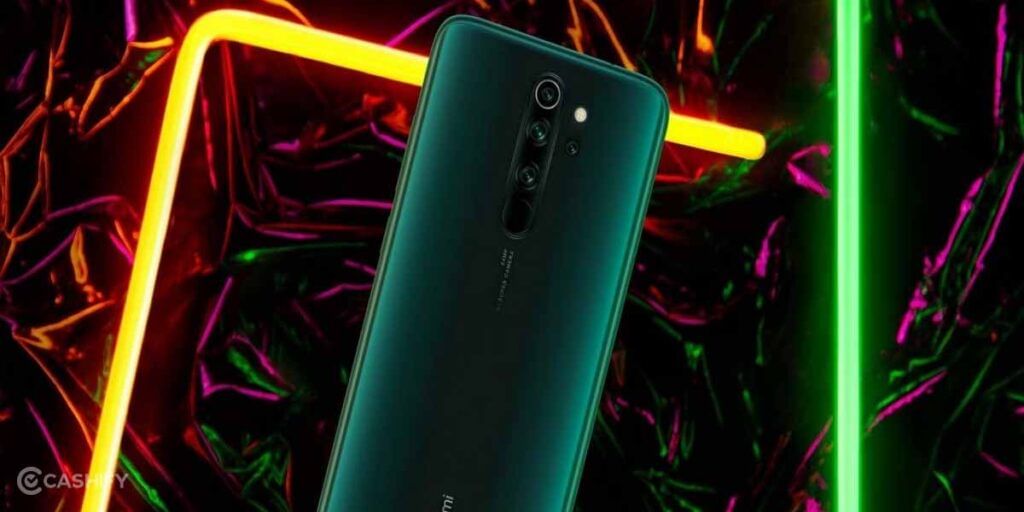
After the Note 5 and 6 Pro, devices that were perhaps not as innovative as one would expect, came the Redmi Note 7 series. A glass back, a powerful processor, a 48MP main camera (in the case of the Note 7 Pro) and an overhaul of the basics of the handset resulted in a Note that was just as impactful if not more than the Note 3.
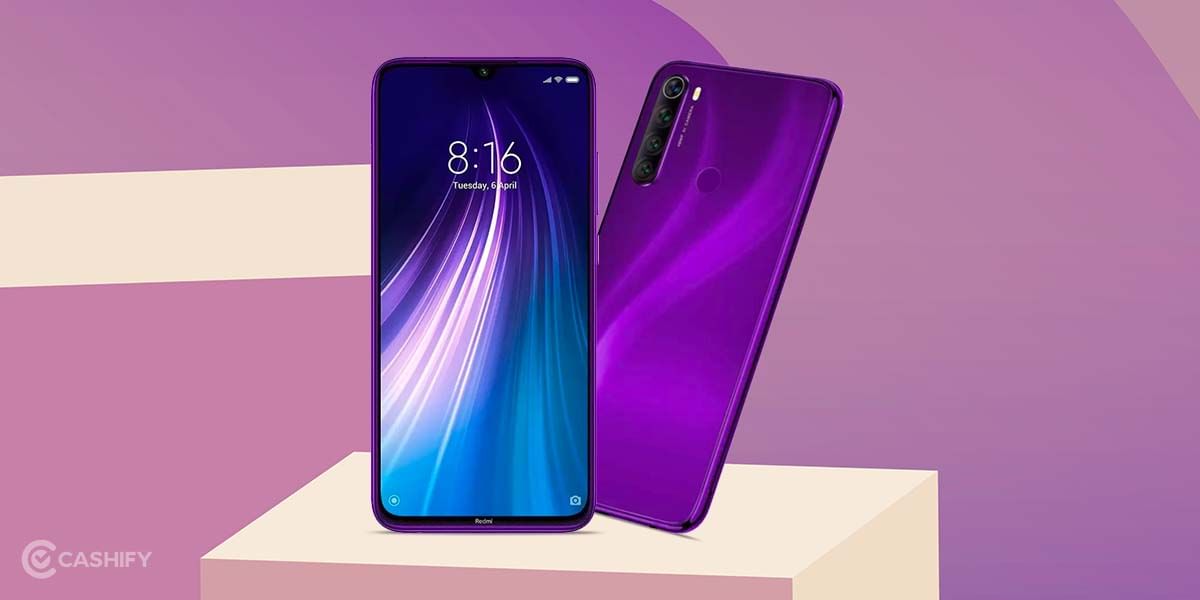
The Note 8 and Note 9 series worked on this major shift in a gradual sense. They fixed and improved what was on offer with the Note 7 series. From more powerful specifications to better displays. By the time the Note reached the Note 9 series, it was within touching distance of being near perfect for the price.
Redmi Note 10 Series: The Shift in Strategy

The Redmi Note 10 series, in a way, was a clear statement of intent from Xiaomi. It was a statement that it was going to better the basics of the Note and make it a proper powerhouse. This was to come without cutting any major corners. But with this change, there would be a disruption in the stable price increase seen over the years.
The Note 10 series introduced AMOLED displays and high refresh rate options. This was another checkmark to the evolution of the Redmi Note series. Add to this a 108MP camera in the higher-end variants, it made for the perfect handset for content consumption and usability. This was, in a sense the purpose of a Note and the increased screen real estate that came with it.
What’s Next for the Note?
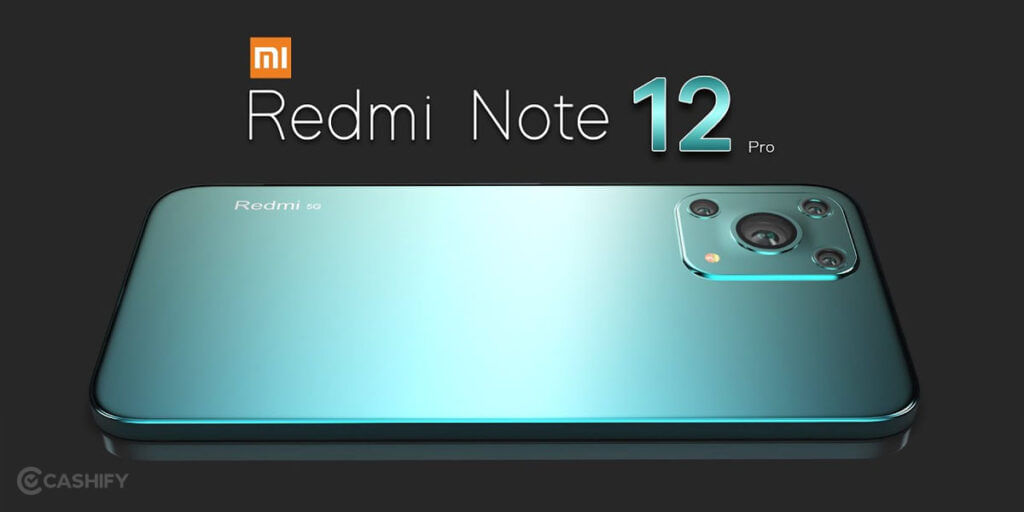
The Note 11 and Note 12 series of devices have not seen the same amount of craze that the Note 10 enjoyed. Do not misinterpret this as the devices being poor, rather they have just stopped being disruptors and, to some, that is a good thing. With rising smartphone prices and the increased costs of parts, there is only so much that a brand can do without breaching the price barrier of a certain series of smartphones.
This was especially seen with the Note 12 series. The device at its core made subtle yet useful improvements to the groundwork laid out by the Note 11. However, to counter increased costs and the current scenario, the base price for the Note was increased to an extent that felt unnatural when talking about a Note.
That being said, the days of the ultimate price king are behind us. The trajectory that Xiaomi has taken is a rational one. If not now, in the future, another disruption is on its way. And the evolution of the Redmi Note series evolution is still in progress. Till then, the company will most likely churn out powerful, value-for-money workhorses that one-up competitors in one way or the other.









